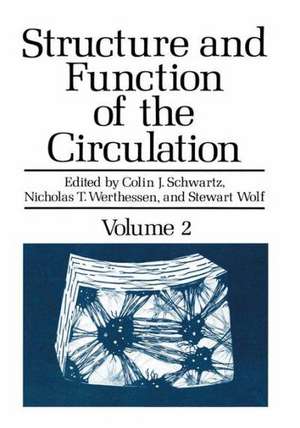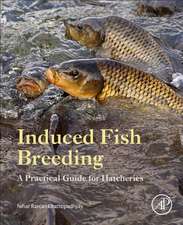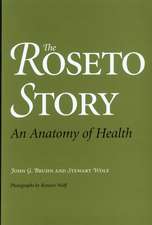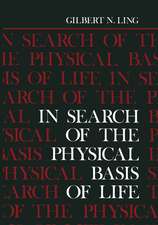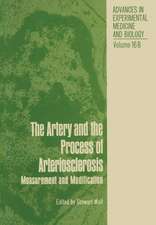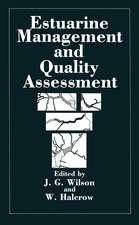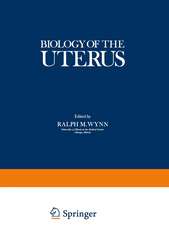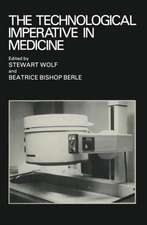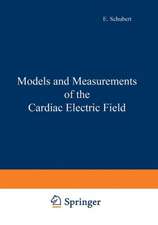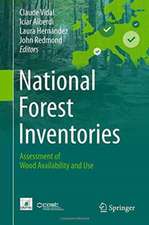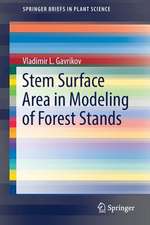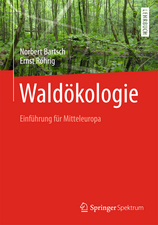Structure and Function of the Circulation: Volume 2
Editat de Stewart Wolfen Limba Engleză Paperback – 31 oct 2011
Preț: 674.10 lei
Preț vechi: 793.05 lei
-15% Nou
Puncte Express: 1011
Preț estimativ în valută:
129.01€ • 134.19$ • 106.50£
129.01€ • 134.19$ • 106.50£
Carte tipărită la comandă
Livrare economică 14-28 aprilie
Preluare comenzi: 021 569.72.76
Specificații
ISBN-13: 9781461332091
ISBN-10: 1461332095
Pagini: 864
Ilustrații: X, 848 p.
Dimensiuni: 170 x 244 x 45 mm
Greutate: 1.35 kg
Ediția:Softcover reprint of the original 1st ed. 1981
Editura: Springer Us
Colecția Springer
Locul publicării:New York, NY, United States
ISBN-10: 1461332095
Pagini: 864
Ilustrații: X, 848 p.
Dimensiuni: 170 x 244 x 45 mm
Greutate: 1.35 kg
Ediția:Softcover reprint of the original 1st ed. 1981
Editura: Springer Us
Colecția Springer
Locul publicării:New York, NY, United States
Public țintă
ResearchDescriere
Dr. Colin J. Schwartz, the scientific editor of this volume, has stated in his preface that this series is based on the needs identified by two scientific conferences, one in Lindau in April of 1970, and the other held in Heidelberg in October of 1973. Since those conferences, numerous data about vascular disease have been accumulated. Even though atherosclerosis remains the major cause of death in industrial countries, evidence in affluent societies points toward a decline in arteriosclerotic death- strokes and myocardial infarction in particular - during recent years. The most prominent example comes from the U. S. , but other high-risk regions such as eastern Finland, have also reported a decline. Most likely, this development stems from a change in so called environmental risk factors. Volume II of this handbook deals further with the structure and function of the circulation and con sequently addresses the basic physiological and anatomical elements which are ultimately responsible for the pathological and anatomical changes in the arterial system. While not specifically devoted to the description of disease, this volume nevertheless touches on rele vant pathogenetic and etiologic mechanisms. More than a century ago the pathogenesis of atherosclerosis in its initial phases had been described by VIRCHOW. He made endothe lium the centerpiece of his observations. The morphology of the endothelium and its function playa key role in the manifestations of atherosclerosis. Our knowledge about the function of these cells have yielded important insights.
Cuprins
Medieval and Renaissance Interpretations of the Cardiovascular System.- The Aorta.- The Coronary Circulation in Man.- Blood Supply to the Cardiac Conducting System.- The Blood Vessels of the Lung.- Pulmonary Blood Flow.- The Anatomy of the Cerebral Arterial Circulation in Man.- Functional Aspects of the Venous System.- The Lymphatic Circulation.- Intimal Cushions (Pads): Structure, Location and Functional Significance.- Aging and Arterial Structure.- Arterial Structure at Branches and Bifurcations with Reference to Physiological and Pathological Processes, Including Aneurysm Formation.- Endothelial Structure and Ultrastructure during Growth.- Arterial Fluid Dynamics and Interactions with the Vessel Walls.
